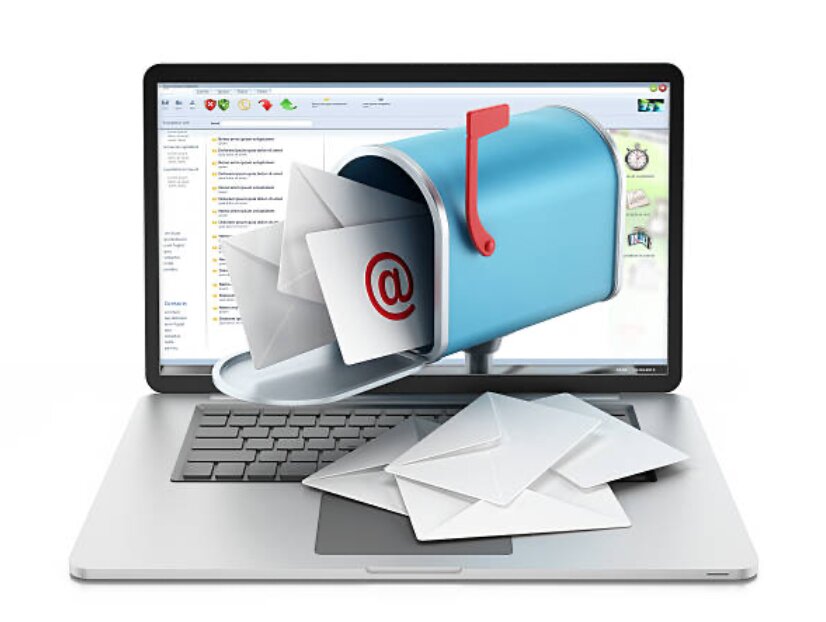What is spam?
Spam (or junk email) is bulk and often unsolicited email. For the most part, spam is simply intrusive and not necessarily harmful. Without email filtering, however, spam can easily overwhelm your inbox and adversely affect your email limit or cause a denial of service. Sending spam from a university account is an indication of account hijacking. The ISO suspends the account until the owner can set a different password.

Spam examples:
- Advertisements such as online pharmacies, dating, and gambling
- Get Rich Quick promotions
- Fake virus warnings
- Fake charity appeals
- A chain of emails that encourage forwarding to multiple contacts
How do spammers get my address?
Email spam lists are often created by scanning the Internet to collect email addresses. If the email address has been published publicly, the spammer will find it. Spammers can also buy lists of email addresses after a user subscribes to a service. Be sure to read the privacy policy of each website you subscribe to.
What should I do if I receive spam?
DO NOT REPLY to spam messages. It may inadvertently cause all the original recipients to receive a reply, causing another wave of spam.
Most spam can simply be removed from your inbox.
How can I reduce spam?
Use an email filter. Check your email account to see if it provides a tool to filter potential spam or route spam to a bulk mail folder.
Limit your exposure. Opt to use multiple email addresses: one for work, one for personal messages, and one for shopping, chats, coupons, and other services. Also, try not to display your email address in public places - for example, on blogs, chat rooms, and social networks.
Check the privacy policy and uncheck the boxes. Before submitting your email address on a website, check the privacy policy to see if it allows the company to sell your email address to others. When submitting your email address on a website, look for pre-ticked boxes that register you to receive email updates and exclusive offers from the company and its partners.



